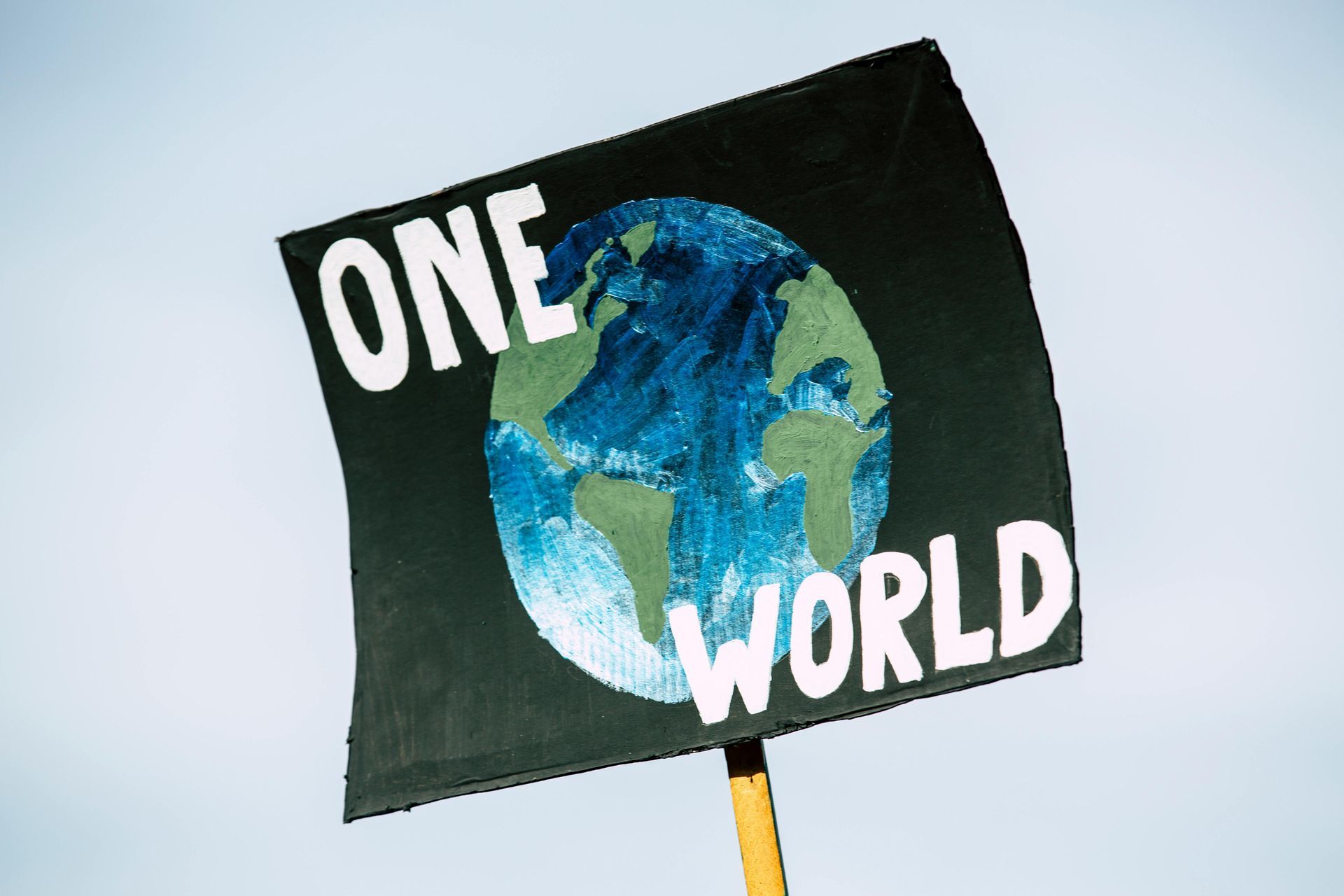South Sudan: Exploring World Poverty in Poorest Nation
Hurricane Katrina, which struck the Gulf Coast in August 2005, is remembered as one of the most devastating natural disasters in U.S. history. Its impact extended far beyond immediate physical destruction, exposing deep societal fractures and inequalities.
South Sudan: Exploring World Poverty in Poorest Nation.
South Sudan, the world's youngest country, is often synonymous with the term "crisis." Since its inception in 2011, the nation has been grappling with a myriad of challenges that have placed it at the bottom of numerous global progress indicators. The enduring issues of political instability, widespread conflict, and economic mismanagement have left South Sudan grappling with extreme poverty, making it the world's poorest nation by several key metrics.
A Nation Born of Conflict
The roots of South Sudan's poverty can be traced back to decades of conflict that preceded its independence from Sudan. These conflicts have severely disrupted economic activities and social structures, laying the groundwork for poverty. Despite gaining independence with the promise of a brighter future, internal conflict soon erupted in 2013, further exacerbating the nation's struggles.
Economic Challenges and Dependence on Oil
South Sudan is heavily dependent on its oil reserves, which account for nearly all of its national revenue. However, this reliance has proved to be both a boon and a burden. While oil provides substantial income, fluctuating global oil prices and ongoing internal conflicts have significantly undermined the economy. Infrastructure to support other sectors is underdeveloped, limiting diversification and sustainable economic growth.
Humanitarian Crisis and Displacement
Conflict and poverty in South Sudan are intertwined with severe humanitarian concerns. It is estimated that over 60% of the population is severely food insecure, with millions facing the threat of famine. Frequent displacements due to violence have created one of the world's largest refugee crises. The combination of conflict, natural disasters, and economic hardships has resulted in alarming levels of malnutrition and a dire need for humanitarian aid.
.
Education and Healthcare—A Grim Picture
The education system in South Sudan is reeling from neglect, with low enrollment rates and a lack of qualified teachers. More than half of the children do not have access to education, perpetuating the cycle of poverty. The healthcare system is equally dire, with a severe shortage of medical facilities and professionals, resulting in high mortality rates from preventable diseases.
Steps Toward Progress
Despite these challenges, there is hope for South Sudan. International aid continues to play a crucial role in addressing humanitarian needs and supporting development projects. Organizations and countries worldwide are investing in initiatives aimed at improving food security, healthcare, and education.
Efforts toward achieving lasting peace are critical. Sustainable development can only be realized in a stable and secure environment. With continued diplomatic interventions and peacebuilding efforts, there is potential for South Sudan to make gradual progress toward development.
Conclusion
South Sudan stands at a crossroads where the possibility of growth and development is continually obstructed by conflict and poverty. While the road ahead is fraught with challenges, the resilience and determination of its people offer a glimmer of hope. The international community must remain committed to supporting South Sudan in overcoming these hurdles to ensure that this young nation can one day thrive.







